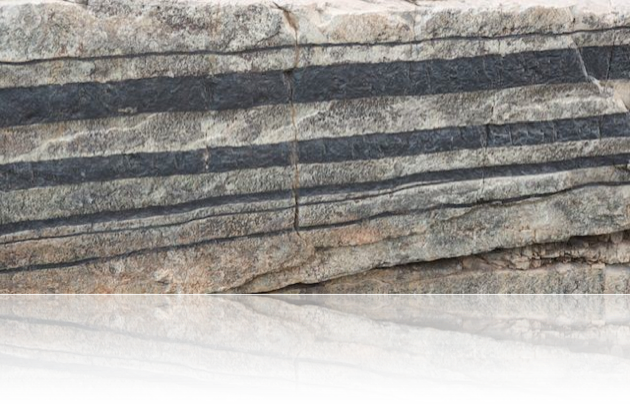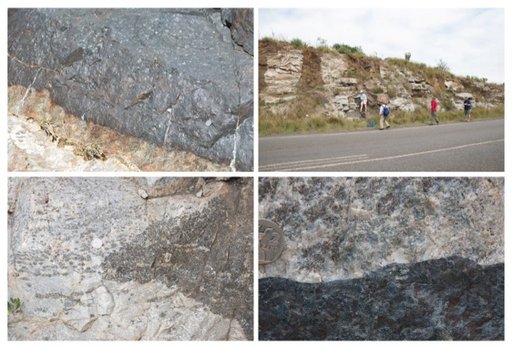The Bushveld Intrusion

The Bushveld Complex, South Africa

The ~6.5 km thick sequence of ultramafic and mafic rocks of the Bushveld Complex is the largest layered mafic intrusion known on Earth and it crops out in three major areas (limbs) in northern South Africa (Fig. 1). Moreover, interpretation of gravity data suggests that the eastern and western limbs are connected over at least 65,000 km2; thus the intrusion can be considered as a large igneous province in its own right. The intrusion was emplaced into the upper crust about 2 billion years ago in several major magma recharge events and it hosts some of the world’s largest and richest orthomagmatic metal deposits.
The cumulate rocks of the Bushveld and Skaergaard intrusions share many similarities. However, the vast differences in size and shape have also resulted in marked contrasts. For example, the huge, sheet-like Bushveld magma chamber mainly crystallized from the floor upwards - cooling from the walls can largely be ignored. In contrast, in the box-shapedSkaergaard chamber, side-wall cooling was much more important, so three distinct cumulate series were produced that solidified inwards from the floor, wall and roof. Combining results from the two intrusions (and other intrusions, of course) therefore allow us to constrain the mechanisms by which magma differentiates in large chambers.